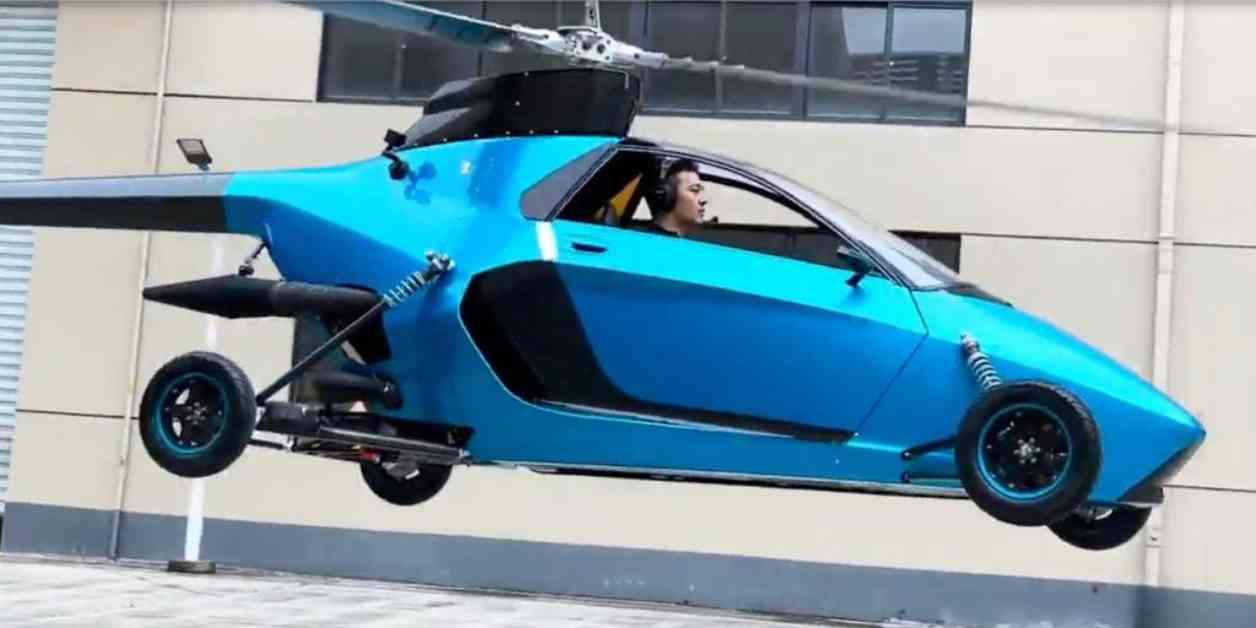Someday, very soon, your daily commute may transform from a tedious crawl through traffic to a flight above it all. Pegasus Aerospace is making this a reality with their innovative Pegasus E-Class. Unlike many competitors focusing solely on electric vertical takeoff and landing (eVTOL) vehicles, Pegasus has taken a hybrid approach that combines the best of both worlds. This clever design allows for an impressive 300-mile range and up to three hours of flight time before needing to refuel, all without requiring a runway.
Let’s talk speed. On the road, the E-Class can reach over 75 miles per hour on pure electric power. In the air, it can reach speeds of up to about 99 mph. Imagine turning a 60-minute car trip into a 15-minute door-to-door flying adventure.
One of the most exciting aspects of Pegasus is that the E-Class has already obtained airworthiness registration with Australia’s Civil Aviation Safety Authority (CASA). They are now working on leveraging this to fast-track Federal Aviation Administration (FAA) registration in the U.S. Despite these advancements, there are still hurdles to overcome, such as regulatory approval in more countries, infrastructure development for vertiports, and public acceptance of flying cars.
Pegasus aims to showcase the E-Class at CES in January 2025, and the world will be watching. If successful, Pegasus could make flying cars a practical reality of the present, not just a vision of the future. Beyond personal transportation, Pegasus is also looking at applications in civilian use, medical services, logistics, and law enforcement.
Pegasus Aerospace is bringing the future of transportation to us right now. Their hybrid approach addresses many challenges facing pure electric flying vehicles, offering greater range and easier refueling. The ability to operate as both a car and an aircraft provides flexibility that could revolutionize personal and commercial transportation.
If flying cars like the Pegasus E-Class became widely available, would you feel comfortable using one for your daily commute or travel? What concerns you most about this technology? Share your thoughts with us.



